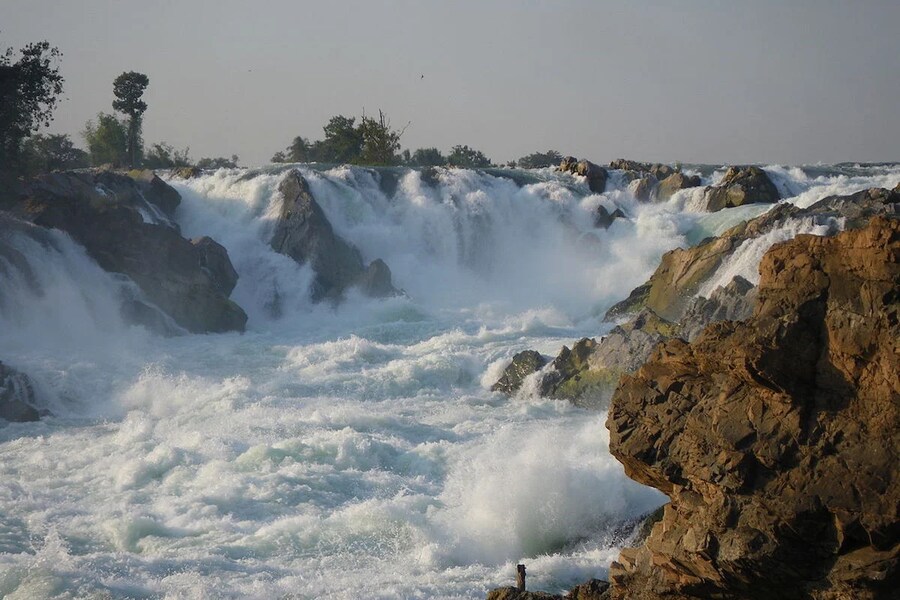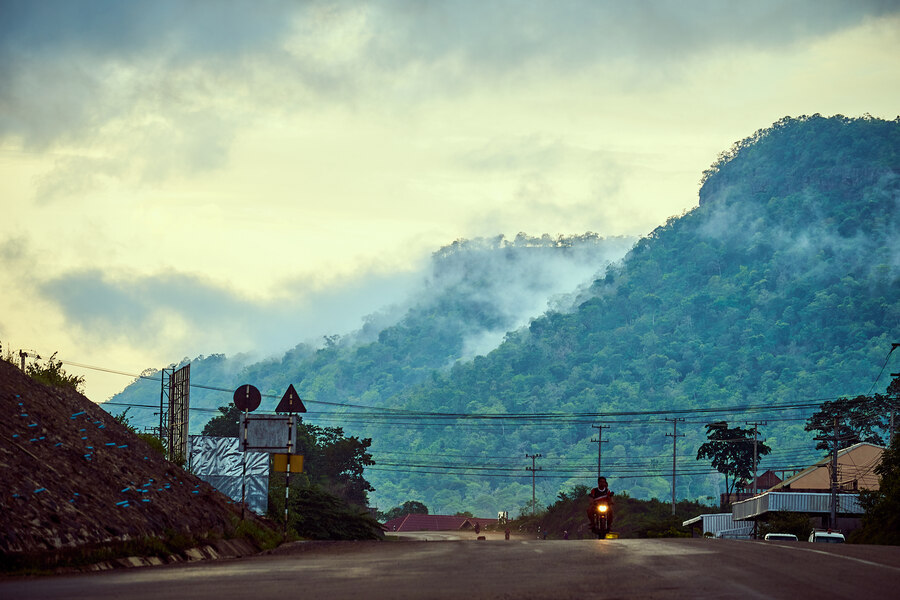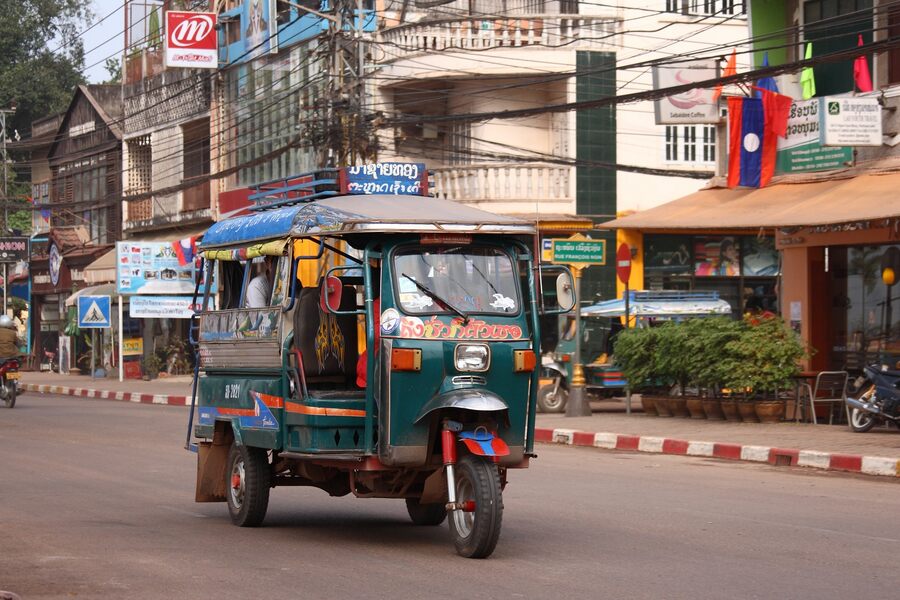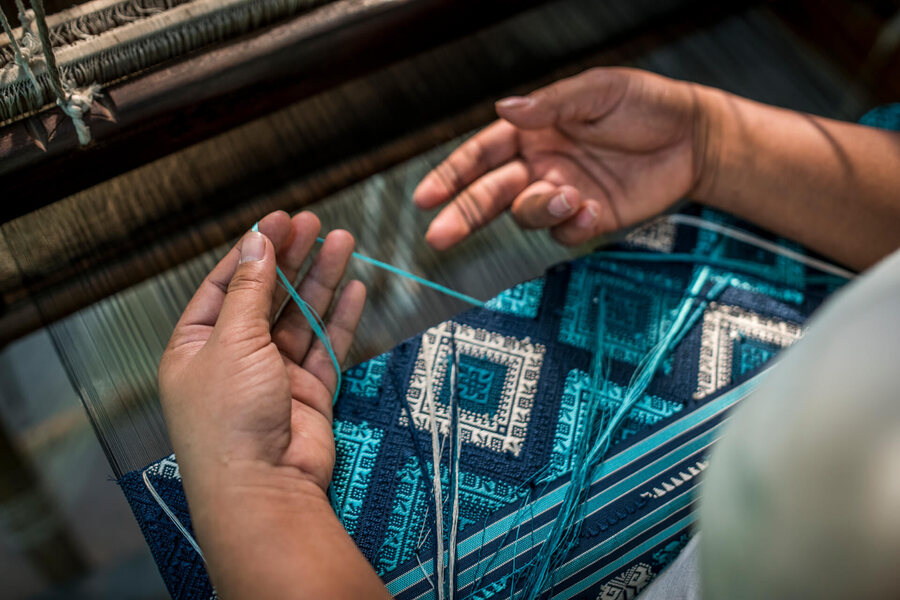Sekong

Sekong is situated in southern Laos, bordered by Vietnam to the east, Champasak Province to the west, Salavan Province to the north, and Attapeu Province to the south.
Renowned for the Bolaven Plateau in its southeastern region, it boasts a rugged and scenic landscape. It is also a pride in the development of a place that was once the poorest province of Laos.
.jpg)
Sekong, a small and peaceful province in Laos. (Source: Frederik Gloor)
Sekong was formed in 1984 and includes territories that were previously part of Salavan and Attapeu provinces. Following its establishment, this province became the most ethnically diverse province in southern Laos, with 14 groups reported from a population of approximately 85,000.
Because these people are not Buddhists, the province does not have many temples, as their beliefs are more oriented toward animism and ancestral worship.

Sekong is the most ethnically diverse province in southern Laos. (Source: Mekong Eye)
Read more: Laos Classic Highlights
Laos in general and Sekong province in particular have two distinct seasons: dry season and rainy season.
Dry Season (November to April): this province may have lower rainfall and more comfortable temperatures. Daytime temperatures can range from 20°C to 30°C (68°F to 86°F).
Rainy Season (May to October): The rainy season is characterized by increased rainfall, higher humidity, and warm temperatures. Heavy rainfall is more likely, particularly from June to September.

Sekong has two seasons. (Source: arcibald)
The best time to visit Sekong and Laos is during the dry season, which runs from November to April. This time has ideal weather conditions, with temperatures ranging from 20°C to 30°C. The dry season is distinguished by low rainfall, which improves the entire travel experience by lowering the danger of disruptions and making outdoor activities more enjoyable.
The months of November through February, in particular, are frequently seen as optimal due to milder temperatures. While the rainy season, which runs from May to October, delivers lush green landscapes, it also brings higher humidity and more rainfall, which may have an impact on transportation and outdoor activities. As a result, travelers choose the dry season to explore Sekong and its surroundings more comfortably and hassle-free.
(1).jpg)
The best time to visit Sekong and Laos is during the dry season. (Source: IUCN)
By car or motorcycle: You can rent a private car (with or without a driver) or a motorcycle to travel to province. Prices and estimated time will depend on departure location.
By bus: You can travel from Southern bus station, it would take around 12 hours. Please be aware that transportation schedules and prices are subject to change, so we suggest you check the above information at transportation terminals or through a travel agent prior to your trip
Transport within Sekong: Tuk-tuks, trishaws (lot-sam-lor), and jumbos (small tuk-tuks) are available all over town and are an easy way to get around.

Transporting by tuk-tuk is an easy way to get around. (Source: Wikimedia Commons)
The Sekong River, which bisects the province and flows south into Cambodia, is ideal for river trips. Local boatmen hire long-tail boats for scenic river journeys that follow the edge of the Bolaven Plateau down to Attapeu Province.
Occasionally, freshwater dolphins migrate up the Sekong, right up to Sekong Town. The province is dotted with many cascading waterfalls. Tad Hia, Tad Faek, and Tad Se Noi (or Tad Hua Khon) waterfalls are the most convenient to visit from town and offer opportunities for swimming, trekking, and village visits.
Another waterfall not to be missed is the Nam Tok Katamtok, which originates from the Huay Katam River deep in the jungles of the Bolaven Plateau.

Stunning Sekong River in Sekong Province, Laos. (Source: Ethan Crowley)
Xe Xap National Protected Area, which covers an area of 1,335 kilometers straddling Sekong and Salavanh provinces, includes part of the southern Annamite Mountains and is mostly steep terrain with high plateaus of about 1,400 meters.
On the eastern and southern sides of Xe Xap, steep cliffs rise from 400 meters to 1,400 meters, topped by Dong Be at 2,066 meters. The protected area’s habitat of hill evergreen, semi-evergreen, and pine forests supports large mammal species, including two types of bear, gaur, serow, large antlered muntjac, and tigers.
.jpg)
Xe Xap National Protected Area is biodiversity-rich protected areas in the region. (Source: Ecotourism Laos)
Dakchueng district in the province is famous for its natural ginseng, which is often used to soak in wine or stew with chicken to make a nutritious and healthy dish. Dakchueng Market sells ginseng year round.
Although it cannot be compared to Ngoc Linh ginseng or Korean ginseng, Dakchueng ginseng wine has a dark yellow color like amber and a pleasant aroma; just looking at it makes you want to taste a few glasses.
.jpg)
Natural ginseng in Sekong. (Source: Health)
Sekong is well known for its unique textile patterns, which consist of multicolored line patterns created from a hip loom. Although many of the groups produce beautiful weavings, the Nge ethnic group is especially renowned for its works, as is the Alak for their traditional Lao skirts (sin).
Handicrafts can be purchased directly from villages, as well as from handicraft shops in Sekong Town (also known as Muang Lamam). In Kandone Village, there are excellent examples of woodcarvings and traditional longhouses.

Sekong has unique textile patterns. (Source: ace camps travel company)
Sekong Province is an attractive destination with wild natural beauty and unique culture. From majestic mountains and spectacular waterfalls to colorful ethnic minority villages, this province promises to bring unforgettable experiences. Let's explore the wonders of Sekong and feel the peaceful beauty that this province brings.
You may also like: Laos Tours 5 days